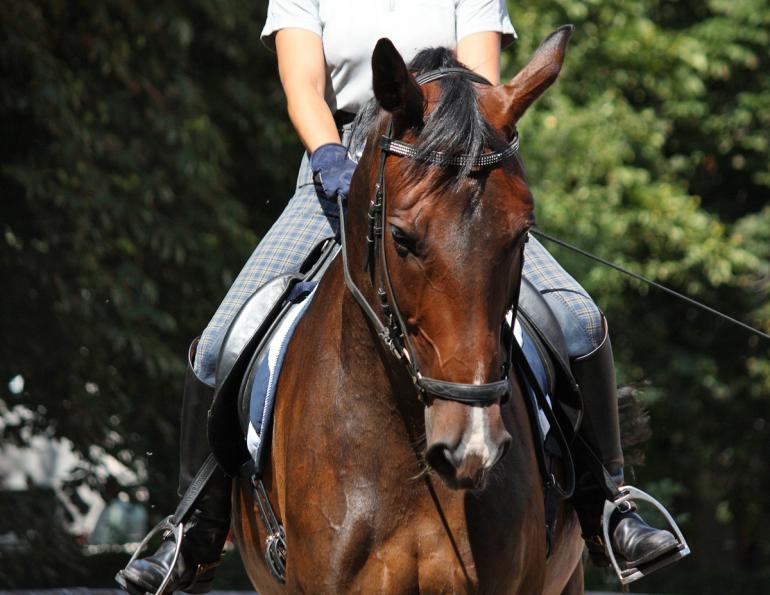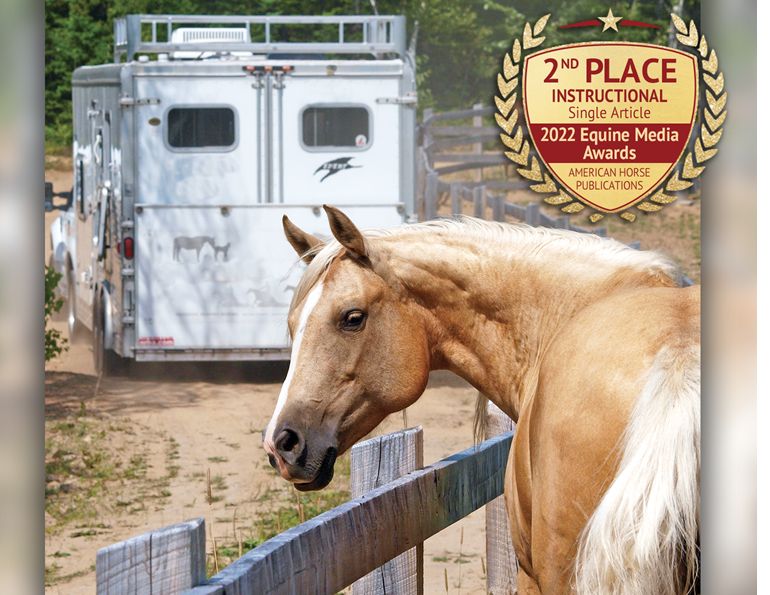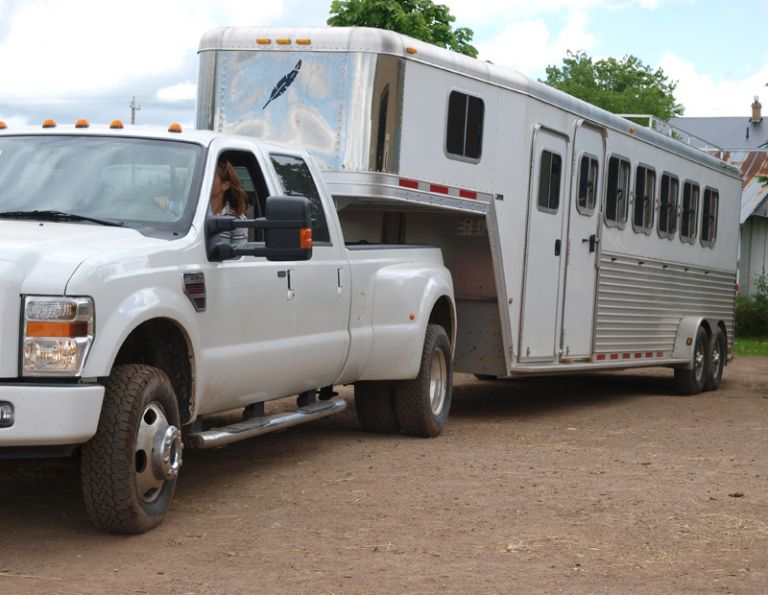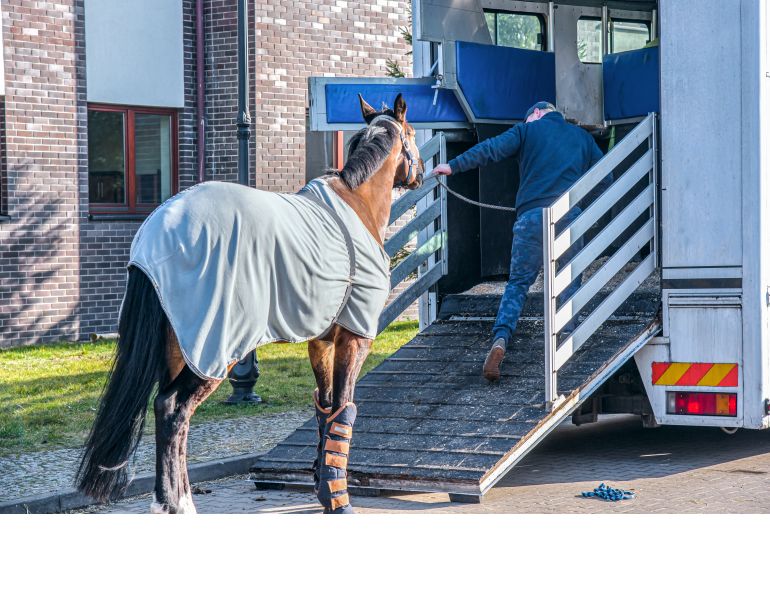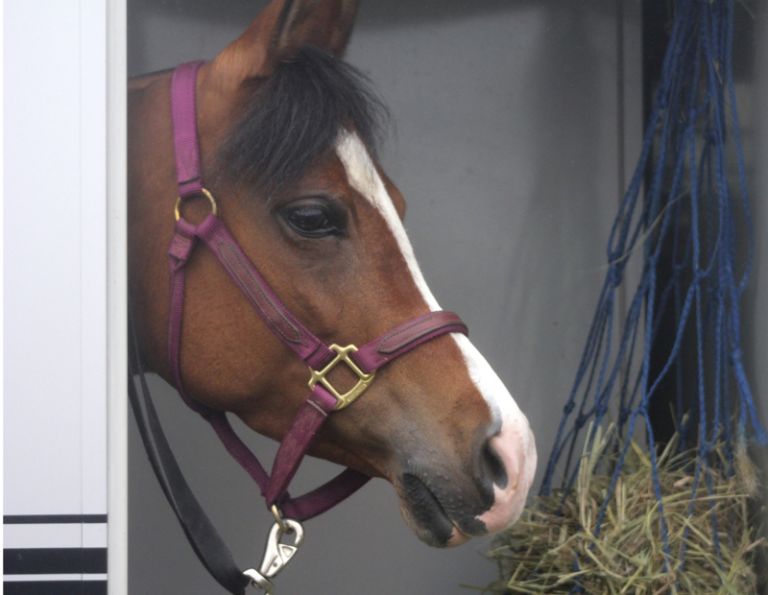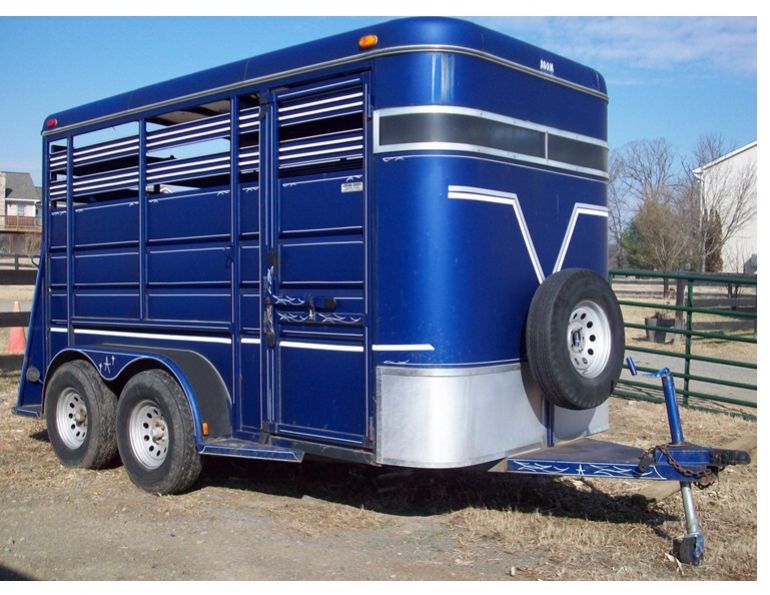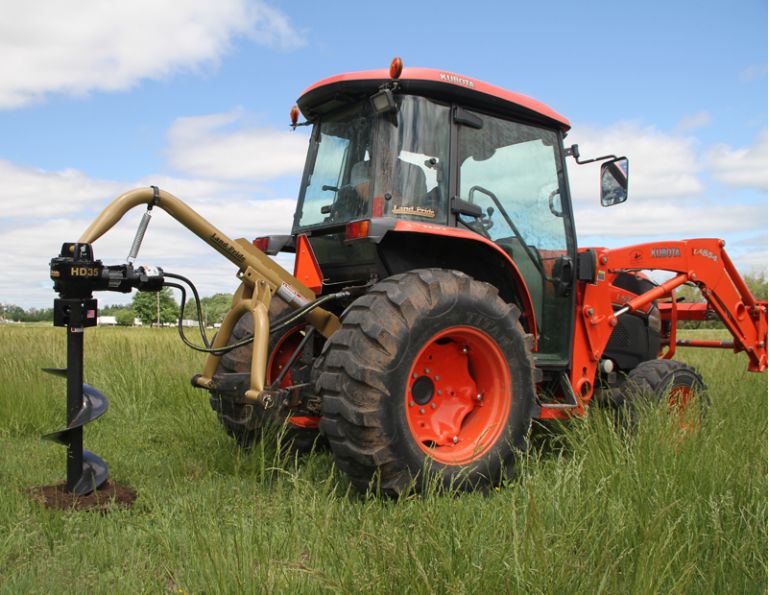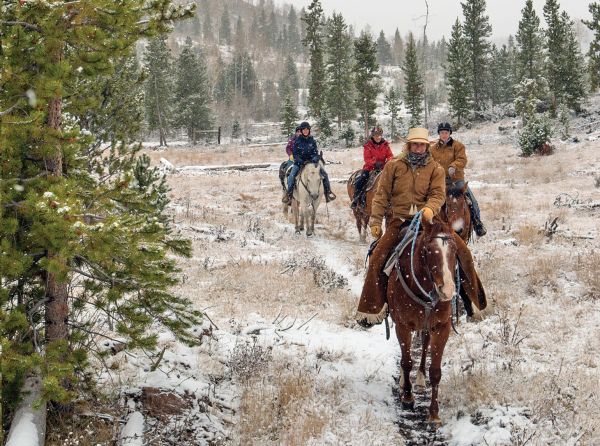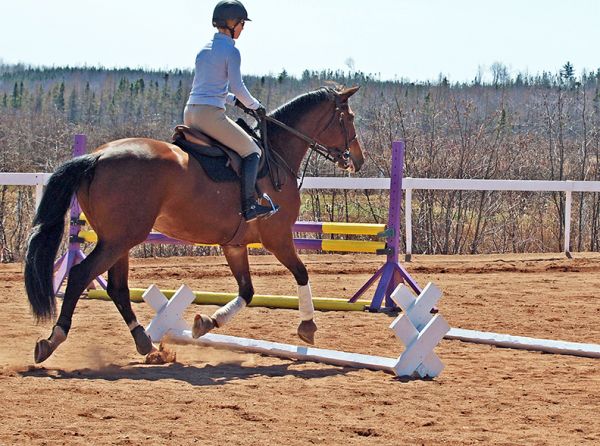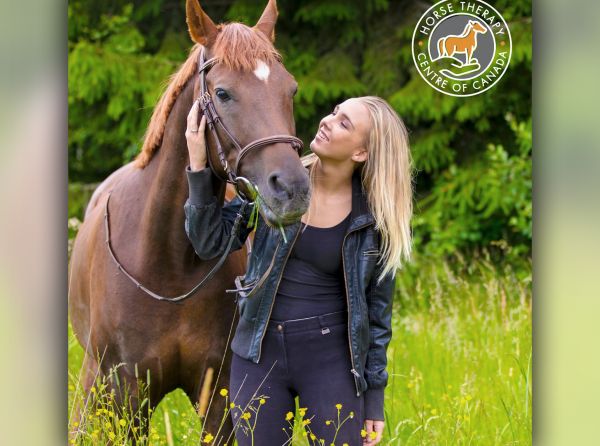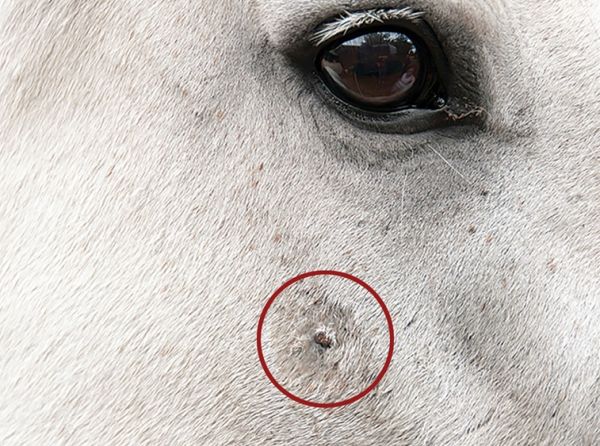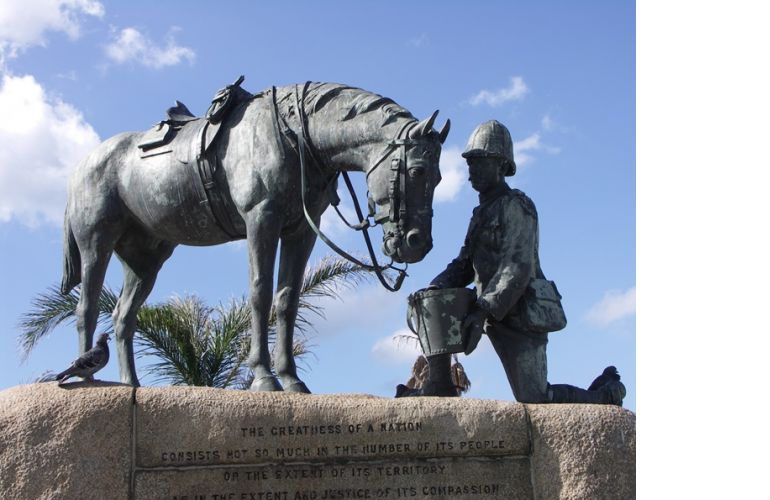By Kevan Garecki
I meet lots of folks who expound on how well their 17.3 hand Warmblood loads into their Quarter Horse-sized wagon. I just nod politely and ask how comfortable they themselves would be on a long car trip with no leg or headroom.
Most standard angle-haul trailers are at least six feet wide by seven feet high inside, and offer a stall length of about nine feet. This configuration will comfortably accommodate horses up to 16 hands in height. If your horse is in the 17 hands-plus range, opt for a bit more headroom by going for at least seven feet six inches of inside height. The most common approaches to providing extra stall length are to either make the trailer wider, or change the angle of the stalls in order to give the horse more room.
If your horses are in the 18 hands bracket, look at trailers with no less than seven feet ten inches of headroom, and a minimum body width of seven feet six inches. These dimensions not only provide the horses with enough room to balance, but let them posture to relieve themselves. Most horses will not urinate unless they can stretch their hind legs out a bit; if they can’t do this, they are more likely to “hold it,” which is uncomfortable at best and can also lead to serious health implications.
The draft horse usually needs at least eight feet of clearance from floor to ceiling and a stall length of ten feet or more; this usually means a straight-haul trailer designed with open headroom in front of each stall. The increased weight requires your trailer to be equipped with heavier axles and tires that are rated for more weight per square inch. A good rule of thumb is to check the bolt patterns. If you’re looking at a four-horse trailer, those wheels better have an eight-bolt pattern or you’re walking away. Check the manufacturer’s weight rating very carefully. Take a moment to do the math!
Very few horses actually like to lean against a wall or divider; in fact, many may panic if anything touches them at all. Stalls should be wide enough to allow the horses to comfortably shift their weight from side to side, but not so wide that the horses can run the risk of turning around or falling in between walls and dividers. In most cases, a three to six inch space on either side of the horse is plenty of room for a standing stall. I opt for box stalls whenever possible, as the additional room makes for a much easier trip for the horse.
Main Photo: Pam MacKenzie Photography - Ensure that the trailer is of adequate length, width, and height to allow your horse the space and headroom he requires to be safe and comfortable.





